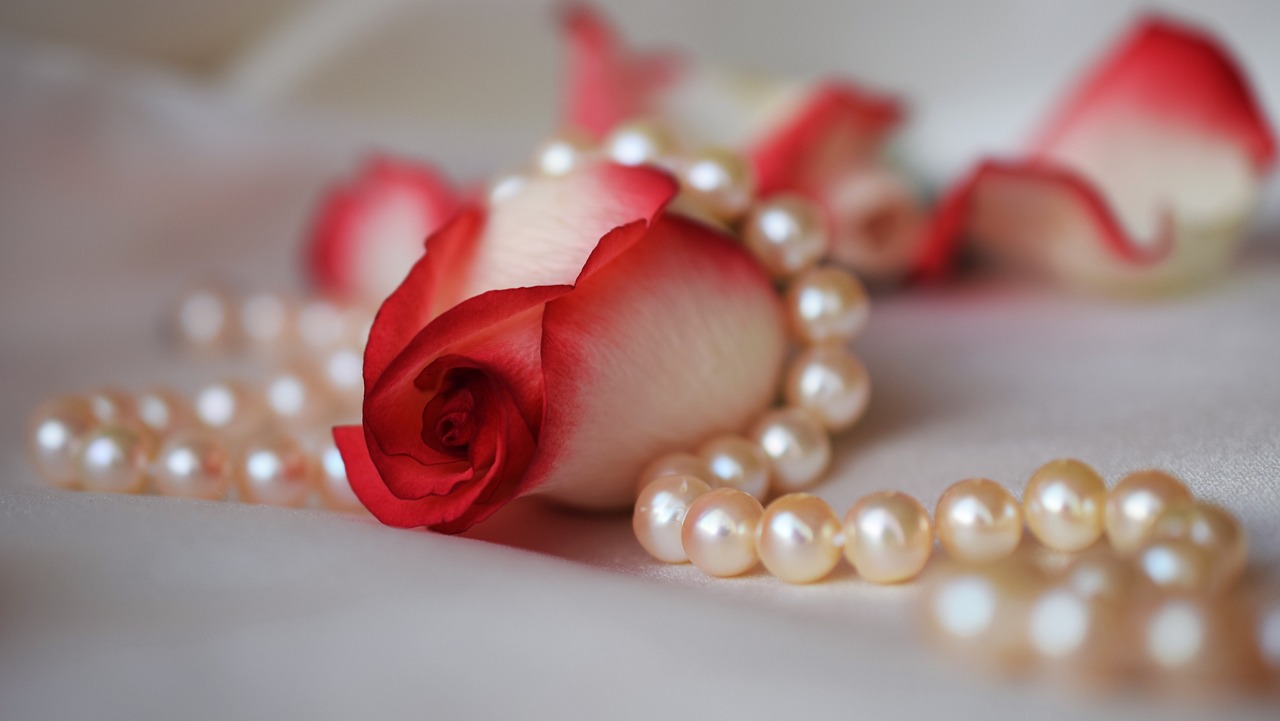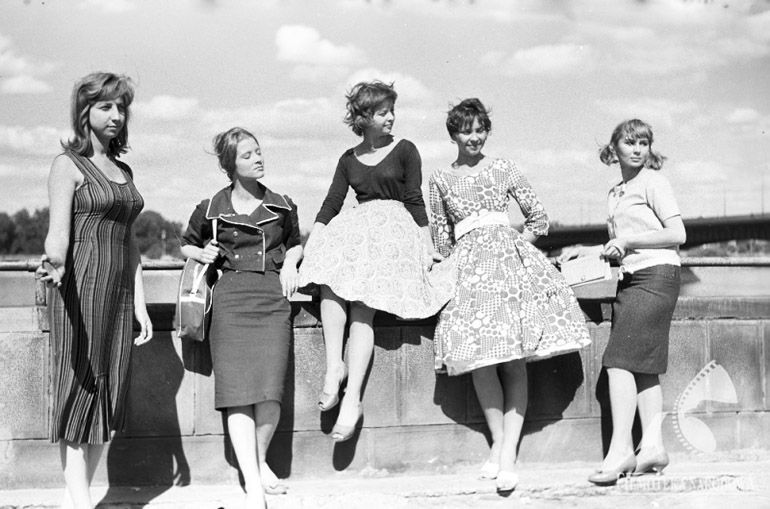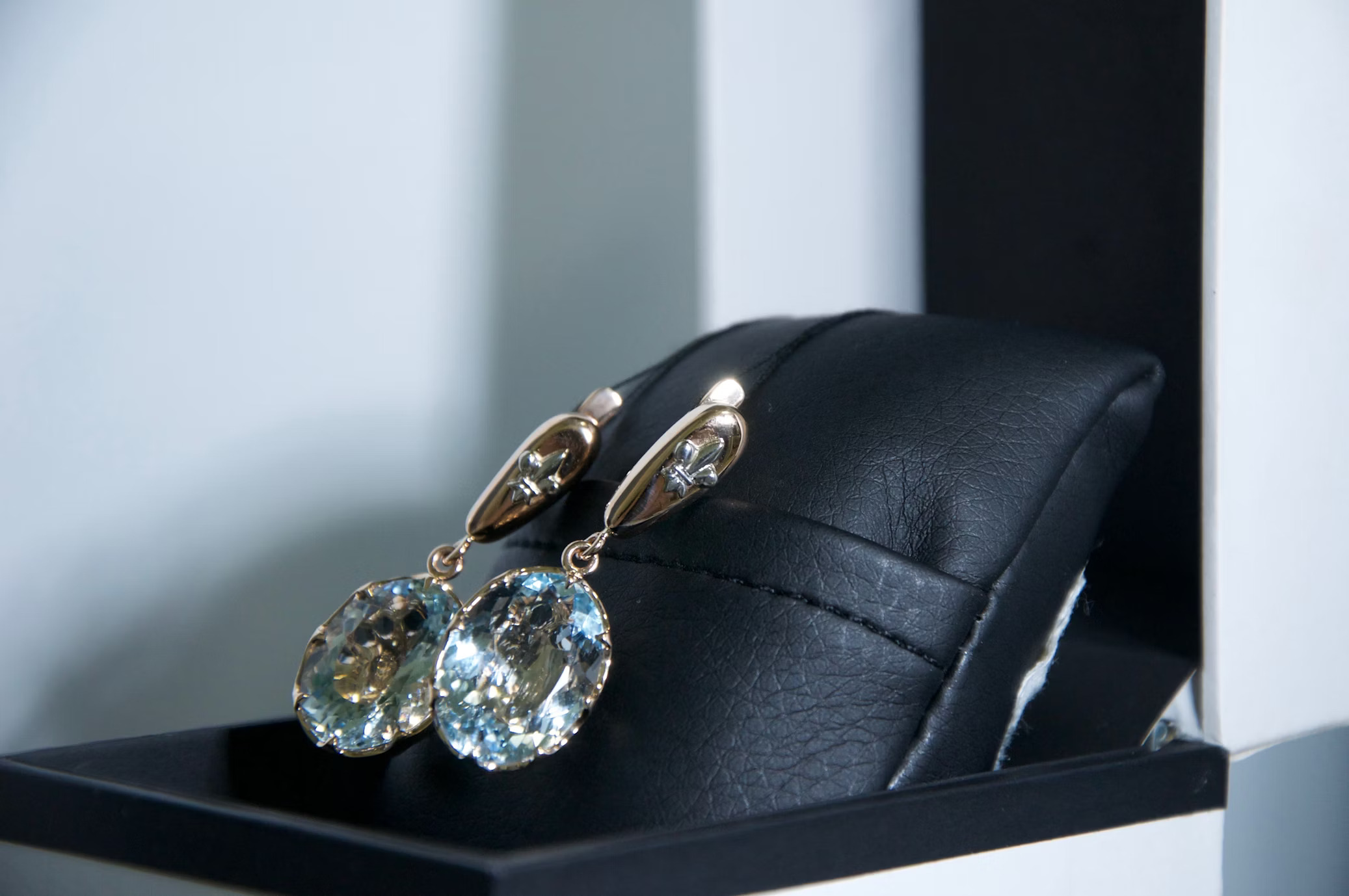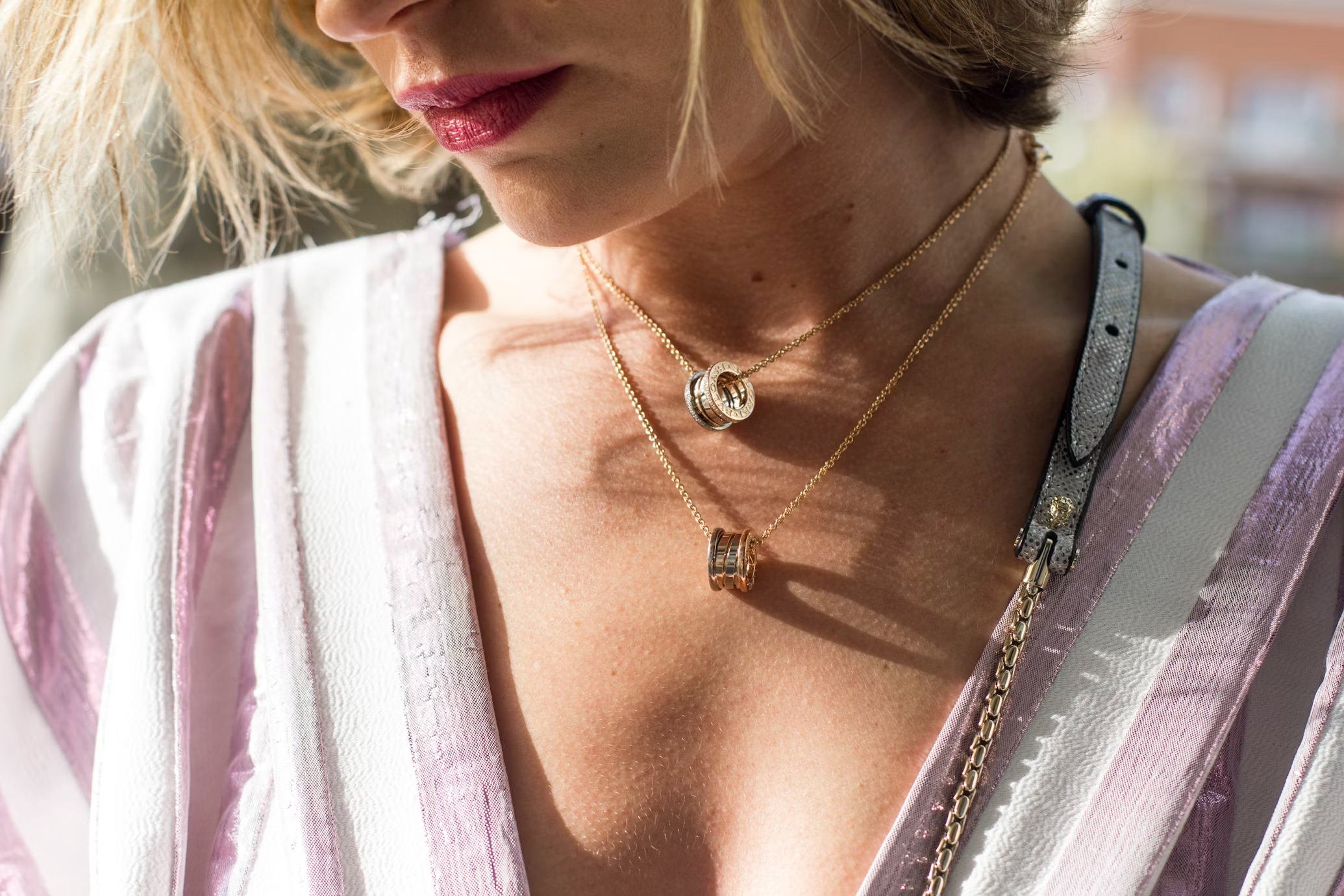Jewelry has long been a reflection of human creativity and expression, and one of the most enduring sources of inspiration for jewelry designers is the natural world. Nature-inspired jewelry seamlessly weaves elements from the environment into wearable art, creating pieces that not only showcase the beauty of the world around us but also encapsulate the essence of various flora and fauna. Let’s embark on a journey through the evolution of nature-inspired jewelry and explore how this genre has blossomed into a vibrant and timeless trend.
Early Inspirations:
The roots of nature-inspired jewelry can be traced back centuries, with ancient civilizations drawing inspiration from the flora and fauna that surrounded them. From ancient Egypt’s scarab beetle motifs to the intricate floral patterns in Renaissance jewelry, nature has always been a muse for artisans. These early designs often symbolized cultural beliefs, spirituality, and the connection between humans and the natural world.
Botanical Elegance:
As jewelry design progressed through different eras, the 19th century witnessed a surge in botanical-inspired jewelry. The Victorian era, in particular, embraced intricate floral designs, incorporating elements like leaves, flowers, and vines into necklaces, earrings, and brooches. Symbolism played a significant role during this period, with specific flowers conveying messages and sentiments. For example, a violet might represent modesty, while a rose symbolized love.
Art Nouveau’s Organic Forms:
The late 19th to early 20th century Art Nouveau movement revolutionized jewelry design by embracing organic, flowing forms inspired by nature. Renowned artists like René Lalique and Alphonse Mucha introduced pieces that captured the sinuous lines of plants, the delicate wings of insects, and the graceful curves of the female form. This era marked a departure from the rigidity of previous jewelry styles, embracing a more fluid and dynamic aesthetic.
Mid-20th Century Nature Revival:
Following the geometric and abstract trends of Art Deco in the 1920s and 1930s, the mid-20th century witnessed a revival of nature-inspired jewelry. Designers like Cartier and Van Cleef & Arpels introduced collections featuring animal motifs, showcasing the beauty and elegance of creatures such as birds, butterflies, and big cats. This era celebrated the diversity of the natural world, blending it seamlessly with luxurious materials like diamonds, pearls, and precious metals.
Contemporary Trends:
In the 21st century, nature-inspired jewelry has experienced a renaissance, with contemporary designers pushing the boundaries of creativity. Technology has enabled artisans to explore intricate details with precision, resulting in lifelike representations of animals, plants, and geological formations. Sustainable and ethically sourced materials have also become a focal point, aligning nature-inspired jewelry with eco-conscious values.
Personalized Connections:
Modern consumers seek a deeper connection with their jewelry, and nature-inspired pieces offer a way to personalize that connection. Whether it’s a pendant shaped like a favorite animal, a ring adorned with leaves, or earrings inspired by a specific flower, individuals can wear jewelry that resonates with their personal affinity for nature. This customization adds an emotional layer to the jewelry, transforming it into a unique and cherished accessory.
The evolution of nature-inspired jewelry is a testament to the timeless allure of the natural world. From ancient symbolism to Art Nouveau’s flowing forms and contemporary personalized designs, nature continues to captivate and inspire jewelry designers. Each piece crafted is not just an accessory; it is a wearable celebration of the beauty, diversity, and harmony found in the world around us—a symphony of nature transformed into an art form that stands the test of time.



